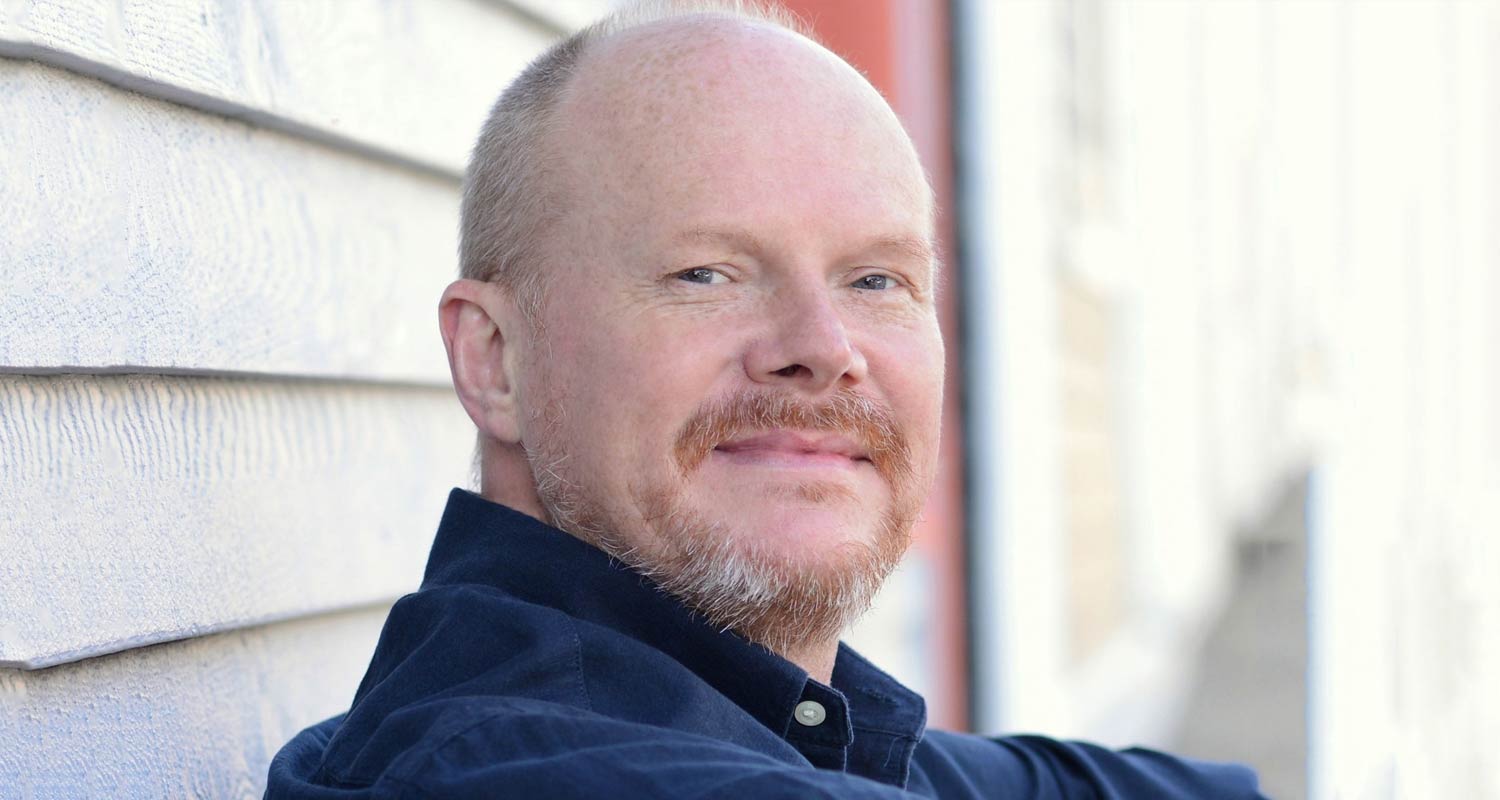The capacity and reach of the undersea cable infrastructure connecting South Africa to the world is growing at a rapid pace, with a surge in AI workloads expected to drive further investment in infrastructure.
The type of company investing in undersea capacity is changing, too, with so-called hyperscalers such as Google and Meta Platforms now coming to the fore and overtaking telecommunications operator consortiums in infrastructure investment, especially when it comes to the largest projects.
“That Meta and Google are the major drivers behind these new cables is a significant factor. This is a big shift that began a few years ago with digital platform companies beginning to eclipse telecoms companies as the major investors in undersea cables,” emerging market telecoms expert Steve Song told TechCentral in an interview this week.
“Platform companies now have both the resources and the long-term vested interest to invest in undersea fibre-optic infrastructure. Generally, this is good news, but Google and Meta are not philanthropists and will obviously expect a return on these investments.”
The total undersea cable capacity connecting South Africa to the world spans more than 154 000km in coverage and is nearing 500Tbit/s in design throughput. Projects in the pipeline by Google, Meta and Seacom will see the total distance of cabling landing in South Africa rise to more than 225 000km and capacity reaching at least 2 500Tbit/s in the coming years.
From a capacity point of view, Seacom’s recently announced Seacom 2.0 cable, which will follow a similar path to its 2009-launched predecessor, is expected to carry a staggering 2 000Tbit/s over 48 fibre pairs, far more than any of the cables currently connecting South Africa to the world.
Huge increase
The expected huge increase in distance covered is due to Meta’s upcoming Project Waterworth cable, announced in February, which will span 50 000km – more than the circumference of the planet.
Project Waterworth will run from the east coast of the US to Brazil and then stretch across the Atlantic Ocean, landing at a yet undisclosed location along South Africa’s coastline. From there, the cable will run across the Indian Ocean and connect to Asia via a landing station on India’s east coast. The next leg of Project Waterworth will extend to Australia’s north coast before stretching across the Pacific to land on the US west coast. When completed, it will be the longest undersea cable in the world.
Read: Seacom 2.0: huge new subsea fibre system planned for Africa
The number of fibre pairs and capacity of Project Waterworth are yet to be disclosed, but Meta’s claim that it will use “the highest-capacity technology available” suggest it will be in the thousands of terabits per second, like the Seacom 2.0 cable.
“Project Waterworth will be a multibillion-dollar, multi-year investment to strengthen the scale and reliability of the world’s digital highways by opening three new oceanic corridors with the abundant, high-speed connectivity needed to drive AI innovation around the world,” Meta said in a statement following the project’s announcement in February.

Adding capacity is only one aspect of ensuring Africa has reliable high-speed connectivity. In 2023, South African internet service providers were shaken following the break of three undersea cables connecting South Africa to the world. The West Africa Cable System (Wacs), Sat-3 and Ace cables were damaged by a subsea rockfall.
The damage took months to fix, but the then-newly installed Equiano cable, built by Google, was able to offer an alternative for data traffic along the continent’s western coastline.
Read: Google to anchor Africa subsea cables with four new ‘connectivity hubs’
Following Equiano’s 2023 launch, which added 144Tbits/s of design capacity along Africa’s west coast, Google subsequently announced a new project, Umoja, aimed at creating the first direct cable connection between Africa and Australia.
“This is foundational for us to create more connectivity and be able leverage this new AI opportunity that we have for Africa. The foundation for our strategy is connectivity, and we continue to invest in that – whether it’s infrastructure with the work we are doing with Equiano and Umoja, to the cloud region, or the work we are doing on skilling and AI research,” said Google Africa CEO Alex Okosi in a recent podcast on Bloomberg TV (paywall).
Most of the undersea cables running along Africa’s east coast divert traffic to Europe through the Red Sea. Political tensions in the region have led to a spike in the number of cable breakages in the area in recent years. By offering an alternative route via Australia, Umoja guarantees that internet traffic will continue to flow should violence in the Red Sea lead to future problems.
Umoja’s undersea portion will span some 8 000km, but the overall project includes a terrestrial portion from South Africa, running through Zimbabwe, Zambia, the Democratic Republic of Congo, Rwanda and Uganda, to Kenya.
Massive jump
“Establishing a new route distinct from existing connectivity routes is critical to maintaining a resilient network for a region that has historically experienced high-impact outages,” Google said in May.
Google’s investment in a terrestrial portion for Umoja highlights the next leg of the problem facing hyperscalers in Africa. Africa is burdened by a deficit in terrestrial fibre. However, according to Song, technological advances in optical networking will have a positive impact terrestrial connectivity.

“Equiano and 2Africa represent the biggest change in the undersea cable environment because they are the first generation to use SDM technology. It is a massive jump in capacity, and this should have the impact of driving down the cost of international traffic significantly as well as increasing the resilience of South Africa’s telecoms infrastructure,” said Song. – © 2025 NewsCentral Media
Get breaking news from TechCentral on WhatsApp. Sign up here.



